The Ultimate Guide to VPD Cannabis Concept

At some point, most growers preferring to cultivate cannabis indoors run into some strange plant growth issues that can look like a lack of nutrients when in reality, they are perfectly balanced and of high quality. In other cases, growers can notice slow growth or powdery mildew, so they have lots of unanswered questions that, in fact, can be resolved by knowing some pro tips.
For example, adjusting vapor pressure deficit to the growing process allows cultivators to create the perfect environment for their plants to thrive. VPD is a measure of the amount of drying power the air has upon the plant. Simply put, it's the amount of moisture being sucked out of the weed by the atmosphere.
Being a relatively new and advanced concept that takes growing cannabis to the next level, VPD for cannabis requires knowledge and experience to create the absolute best environment for your cannabis. Let's get to the point.
VPD Chart Weed Definition
The vapor pressure deficit cannabis (or VPD for short) means the difference between moisture that is found in the air and the amount of moisture the air can hold in total. Although not every grower adjusts this to the process, VPD design and HVAC can be essential in weed cultivation success. That is because it affects how plants grow and thrive.
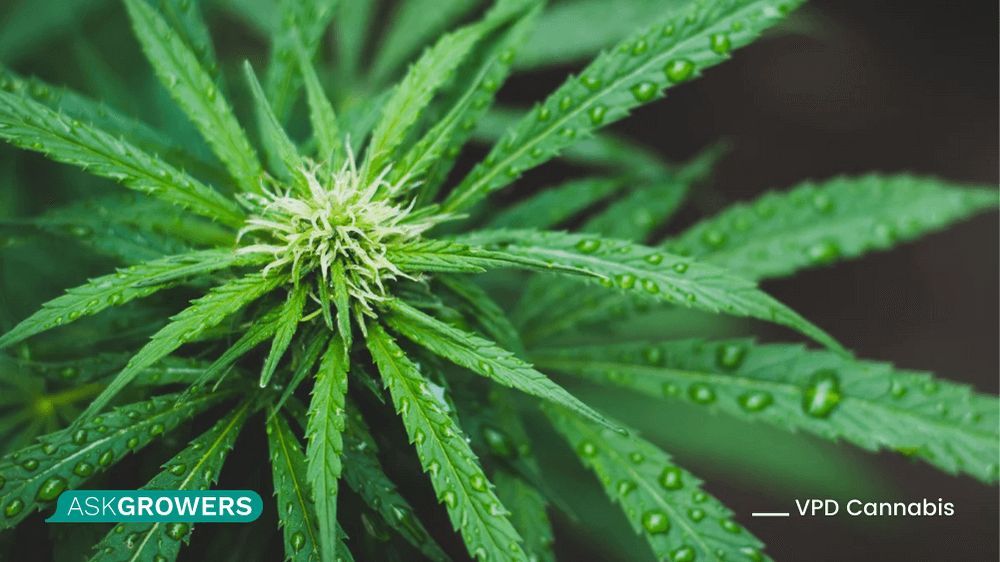
The VPD weed cultivation process includes the transpiration of moisture developed by cannabis. Transpiration is the process where water and other nutrients move through a plant from cell to cell. Since weed is a naturally occurring plant, growers can easily track the transpiration process to monitor the VPD to grow and cultivate weed in the most effective way.
Concept of VPD Cannabis Chart
The main goal of the VPD cannabis chart is to help growers of all levels to become better at growing cannabis. The chart illustrates three key parameters: relative humidity, temperature, and VPD. Growers should strive to reach the proper levels of each parameter in order to maximize their weed's growth.
Temperature is crucial since this parameter affects the amount of water the atmosphere in the room can hold. The same goal has another parameter: relative humidity that identifies the amount of water vapor contained in the air. Determining the target VPD range can give growers the flexibility to achieve the goal at various combinations of other parameters.
A temp and humidity chart for weed helps cultivators to identify positive relationships between relative humidity and temperature, allowing them to achieve perfect VPD parameters during the growing stage. You need your VPD to fall within a specific range at each stage of the weed growth to maximize the cultivation process. Growers should strive to maintain the ranges highlighted on the chart in green and yellow. This is an optimal range where your plants can develop normally and successfully grow.
It is vital to note that at different stages, the spectrum of the range may change. Weed at the preparation stage is highly sensitive to any stresses, so VPD should be on the lower end of the spectrum. During the growth, the VPD spectrum can increase, where the recommended range will be 0.96 to 1.15 k/Pa at the flowering stage. Some cultivators prefer to increase the VPD range by the end of the growing cycle to stress the plant before harvest.
Read Also: Marijuana Grow Lights Power: How Lighting Affects Weed Cultivation
4 Key Benefits of VPD
Increased Transpiration
The transpiration happens through the stomata when the weed grows. Stomata refers to cells that are located on the leaf's surface. The weed releases water vapor through the stomata during the growth, which also increases the humidity in the room. Having an optimal VPD allows your weed to open the stomata more. The more water vapor in the room, the higher transpiration.
Faster Transpiration
Since the stomata open wider during the growth, it also allows for faster transpiration. Increased transpiration means increased photosynthesis activity. We all know that photosynthesis is the process during which weed grows, so faster transpiration is always a good thing.
Increased Nutrient Intake
Maintaining proper VPD helps cultivators to manage cannabis water and nutrient intake. Reaching the proper VPD level allows cannabis to transpire through the water faster, which leads to increased nutrient absorption. Since many plants experience issues with consuming nutrients, it is a good way to maintain the proper growth of your weed.
Control CO2 Uptake
Cannabis plants should absorb enough CO2 to grow into a successful plant and execute a productive photosynthesis process. The wider the stomata, the more CO2 your plant can absorb. Maintaining optimal VPD levels allows the stomata to open wider, allowing cultivators to basically control plants' CO2 uptake.
Cannabis VPD Calculator and Ideal VPD at Different Stages
Growers can use a VPD calculator at different cannabis growth stages. It is a tool allowing cultivators to improve and fine-tune the conditions in which they grow weed. VPD calculators allow you to easily determine the optimal conditions for successful cannabis growth and development, showing the ideal range of temperatures and humidity levels to strive to maintain in the growing space.
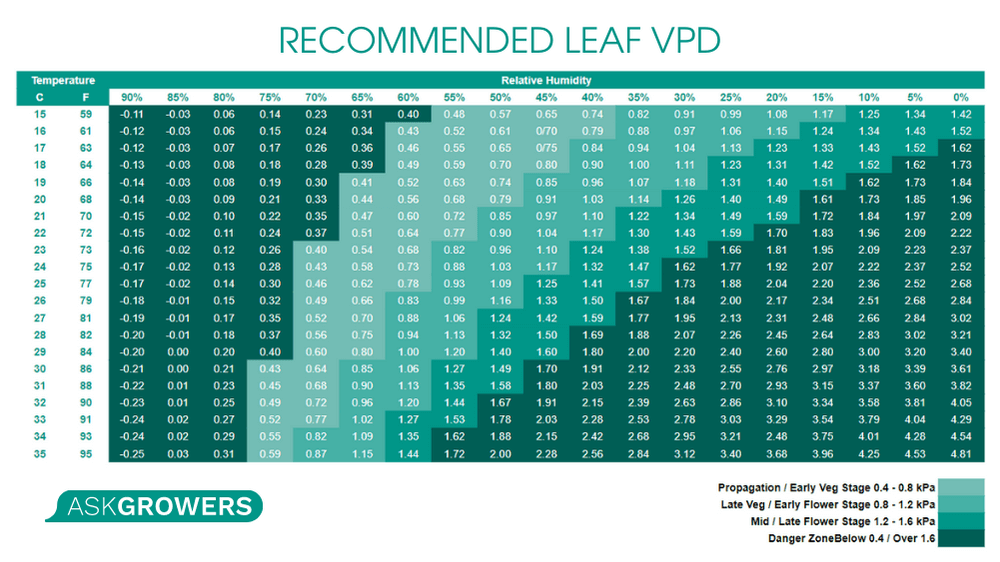
You will see different measurements of vapor pressure while exploring this topic. There's saturated vapor pressure (SVP), atmospheric vapor pressure deficit for growing weed (AVPD), and leaf vapor pressure deficit (LVPD) as key ones to know. Let's explore them below:
Vapor Pressure for Air
Saturated vapor pressure is the maximum level of moisture the atmosphere can absorb based on the temperature. Relative humidity is the amount of moisture that is already suspended in the air. So in order to calculate the room's vapor pressure deficit for air, you need just measurements, temperature, and relative humidity. It is best to learn more about proper humidity levels for cannabis growth by reading the article "Humidity Control How-To."
Vapor Pressure for Leaves
Another parameter that you should consider is leaf vapor pressure deficit (LVPD). The leaves of the weed tend to be between 3° and 5° F cooler than the room since they are transpiring. To calculate LVPD, you will need to add one more measurement: the leaf temperature of the plants. This can be measured using an infrared thermometer (IR thermometer).
The ideal VPD, in general, is around 0.8 – 1.2 kPa (kilopascals). However, the ideal VPD will change during different stages of cannabis ripening. That is why it is important to know what range to strive for in your growth environment based on each stage. Let's explore this below:
VPD for Seedling Stage and Clones
The seeding stage is the first stage of cannabis growth. Seeds and clones are baby plants, and they can't handle stress because they just need to form roots. That is why it is best to keep high weed seedling humidity and VPD almost at the lowest end of the general range. Strive to maintain VPD to 0.8 kPa.
VPD for Vegetative Stage
The vegetative stage means the plants are bigger and more resistant to stress. Now you can reduce the humidity levels to increase VPD marijuana. This will also boost water and nutrient absorption. Make sure you maintain recommended VPD, as growing it too much at this stage can cause the stomata to close. The ideal VPD for this stage is almost middle of the general range (around 1.0 kPa).
Ideal VPD for Flower Stage
The last stage is flowering, and as you might expect, this is where you can grow the VPD level high. Most plants at this stage are robust, large, and well-resistant to stress. Some growers put plants under stress before harvest to improve their amount and quality. Avoid excess humidity at the flowering stage and maintain an ideal VPD at the top end of the range (1.2kPa – 1.6kPa).
Read Also: Which Cannabis Growing Medium Is Better – Soil, Rockwool, Peat Moss, or Coco Plus Perlite?
VPD for Weed | Closing Thoughts
Maintaining proper VPD levels allows growers to improve their cultivation process and avoid issues like lack of nutrients or slow growth. The plant growth is significantly impacted by several factors, where humidity and temperature are the key ones. Knowing how to measure them through a VPD chart cannabis and how ideal VPD levels change from stage to stage will have a large impact on the size of the plant, yield, its quality, and overall satisfaction from the growing process and results.

 Growing
Growing
 Guides
Guides
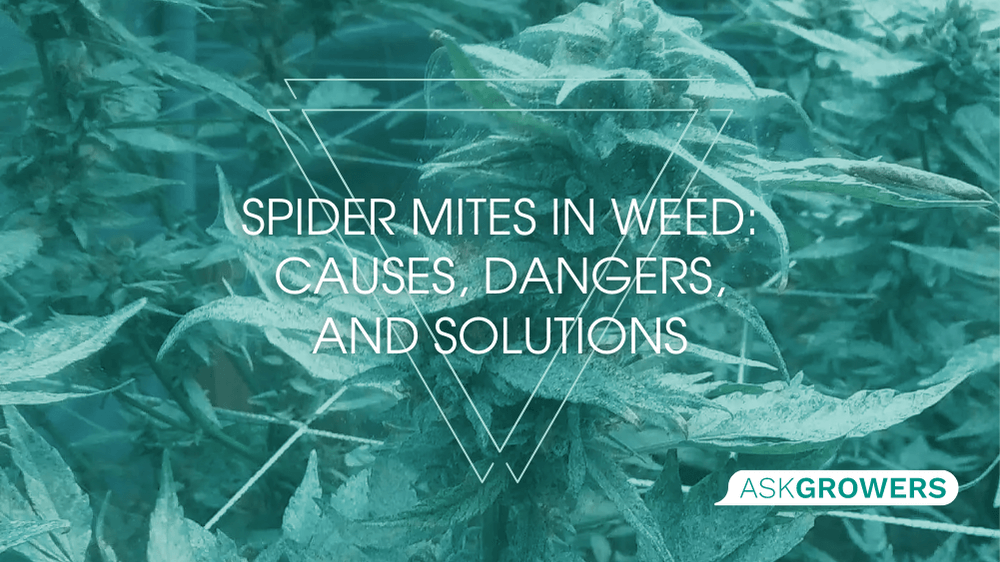

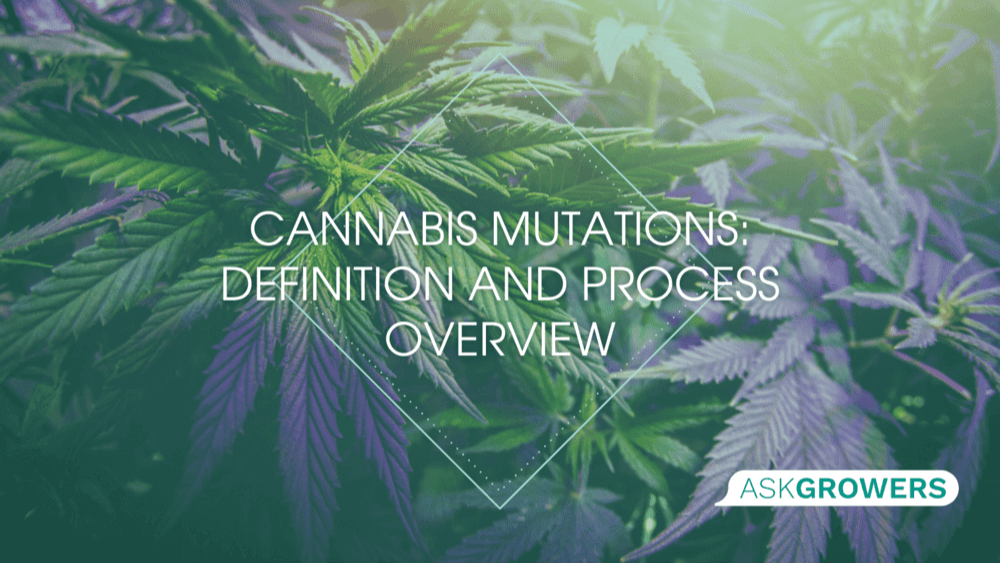
.png)

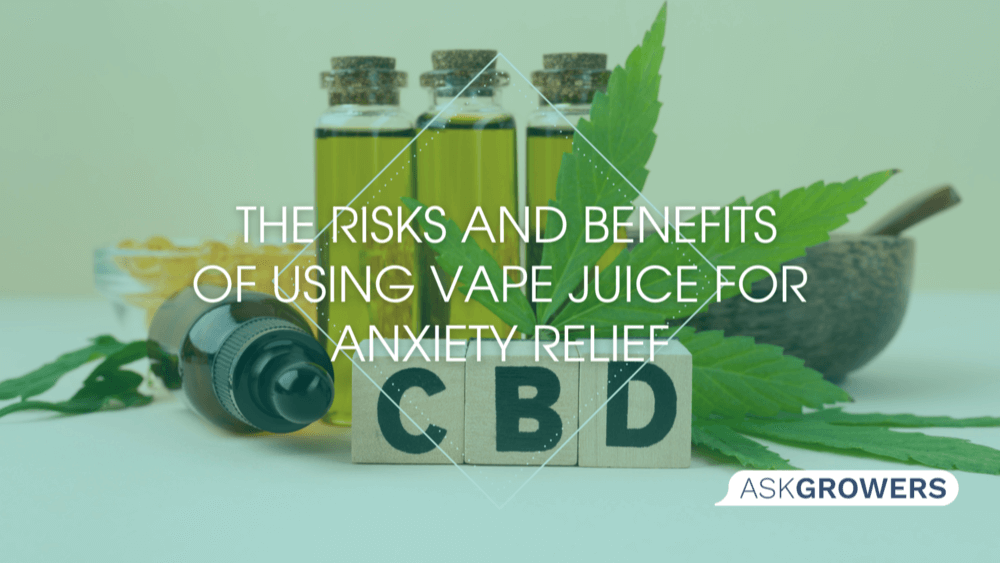

 (1).png)
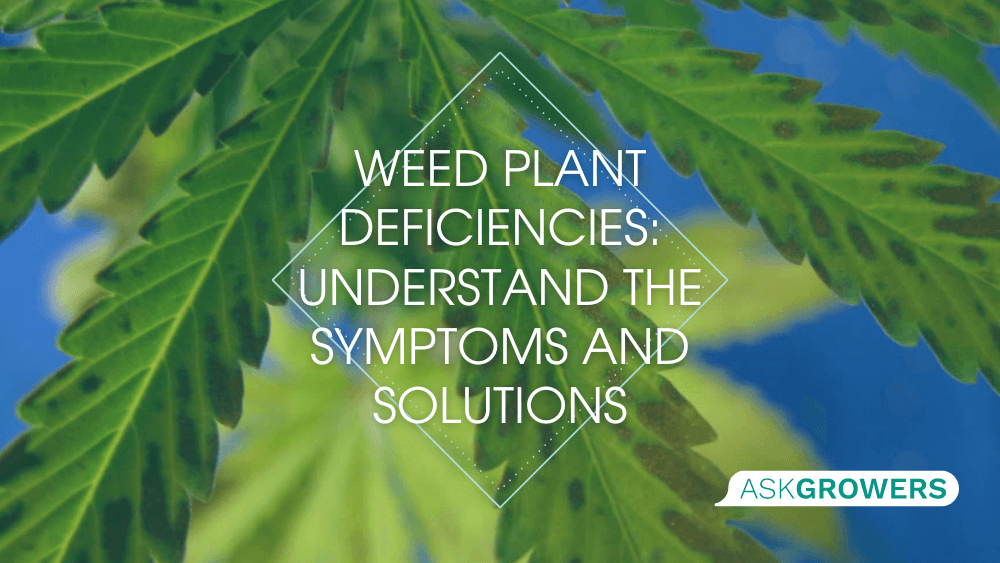
.jpg)

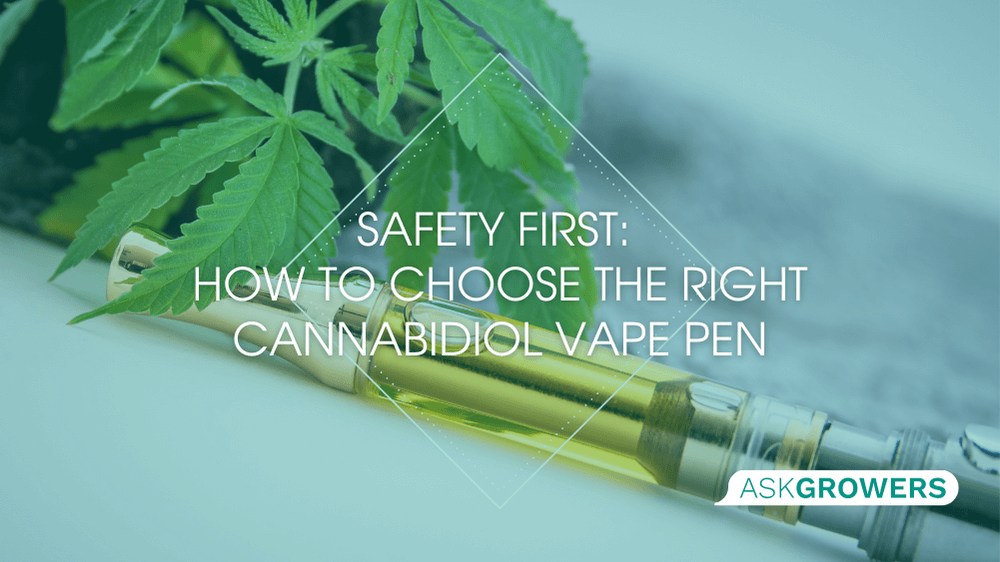
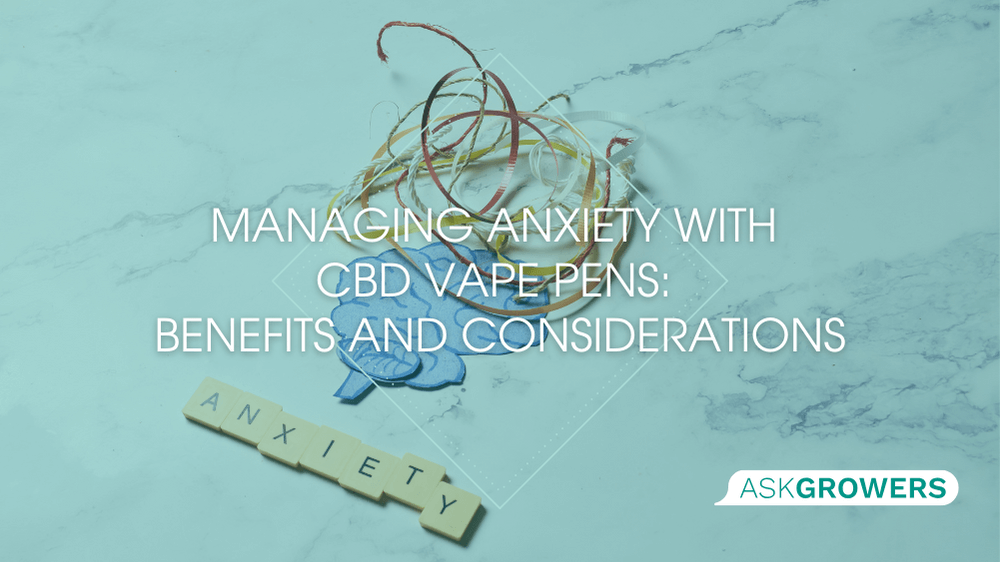
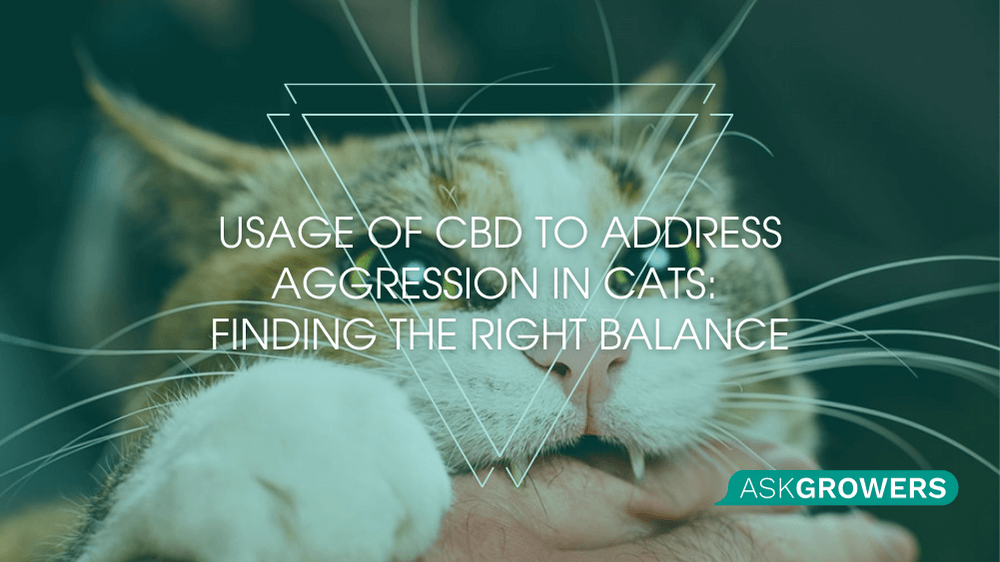
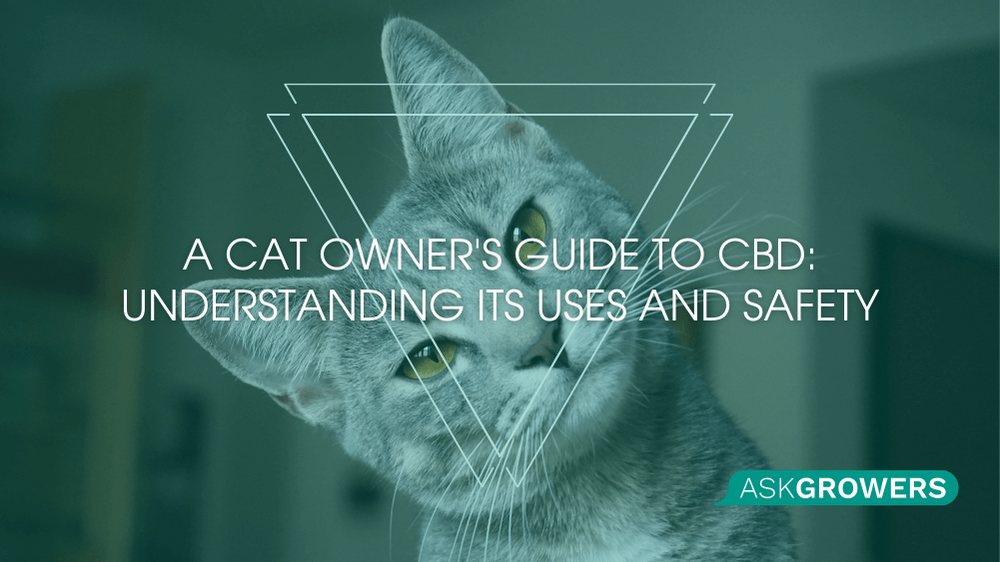
Be the first and share your opinion
Write a Review